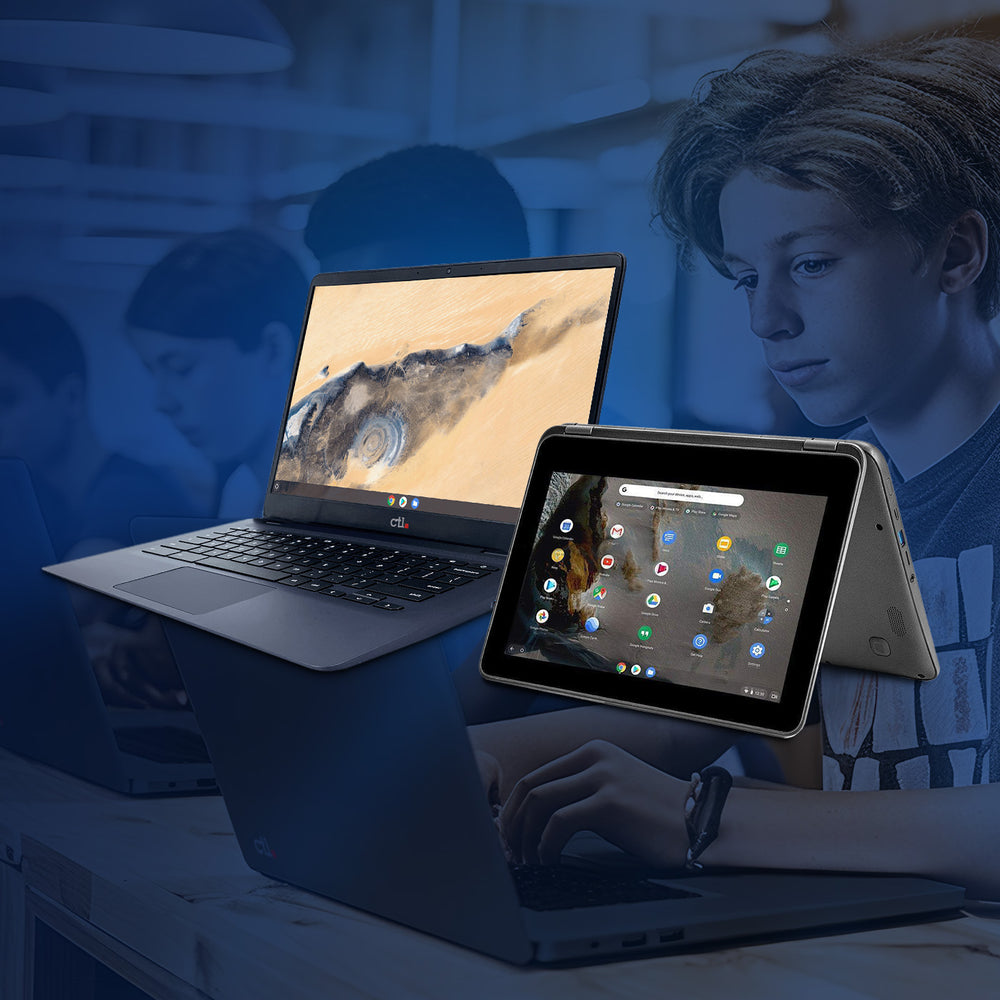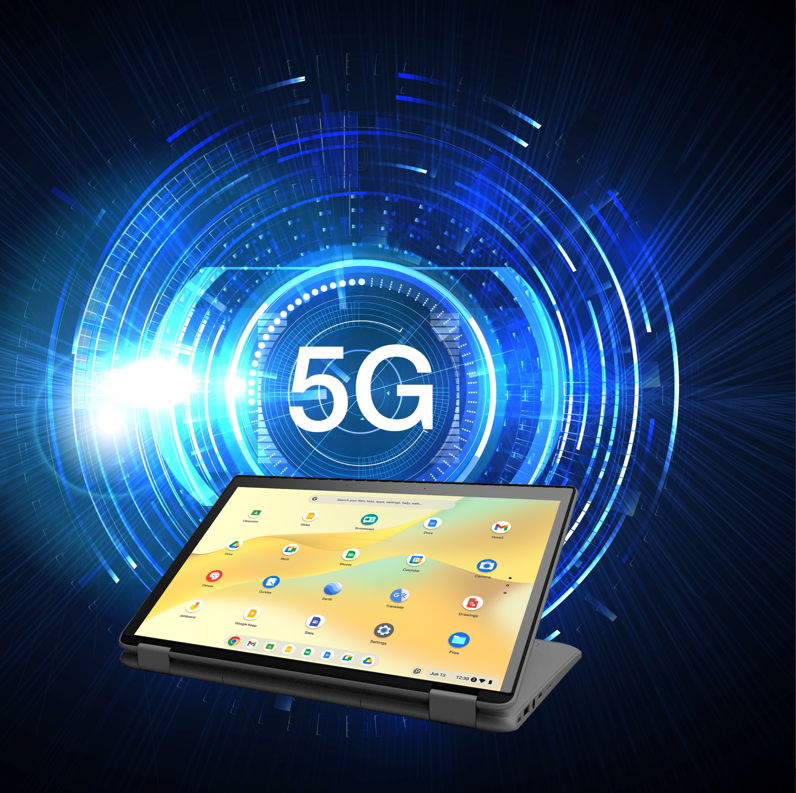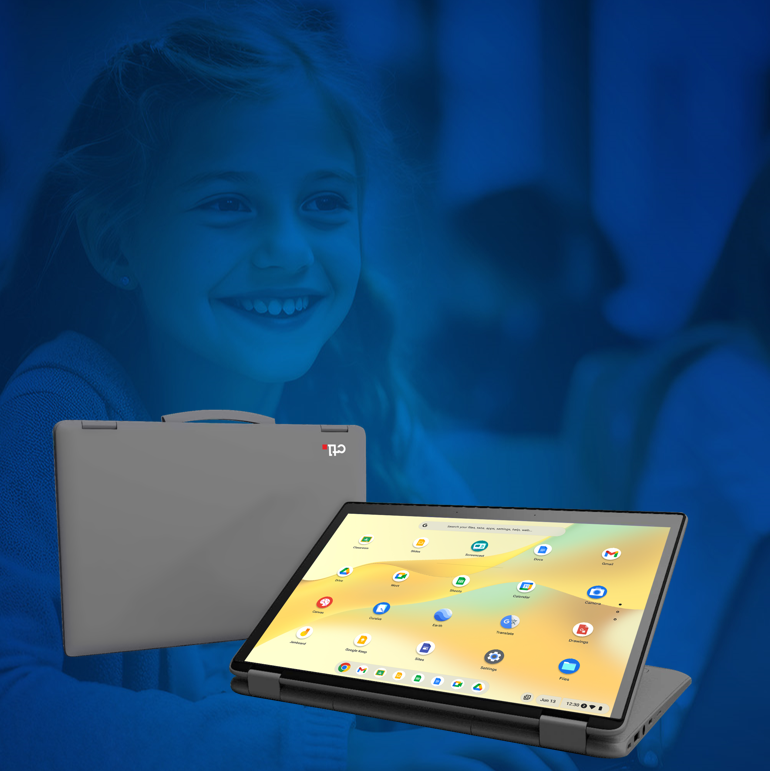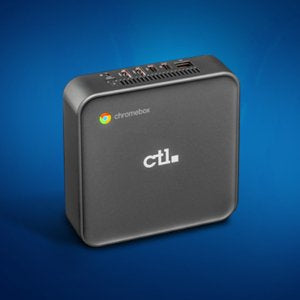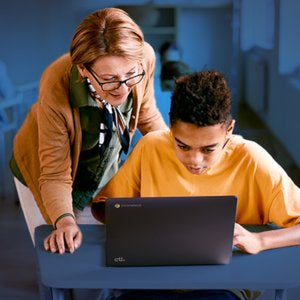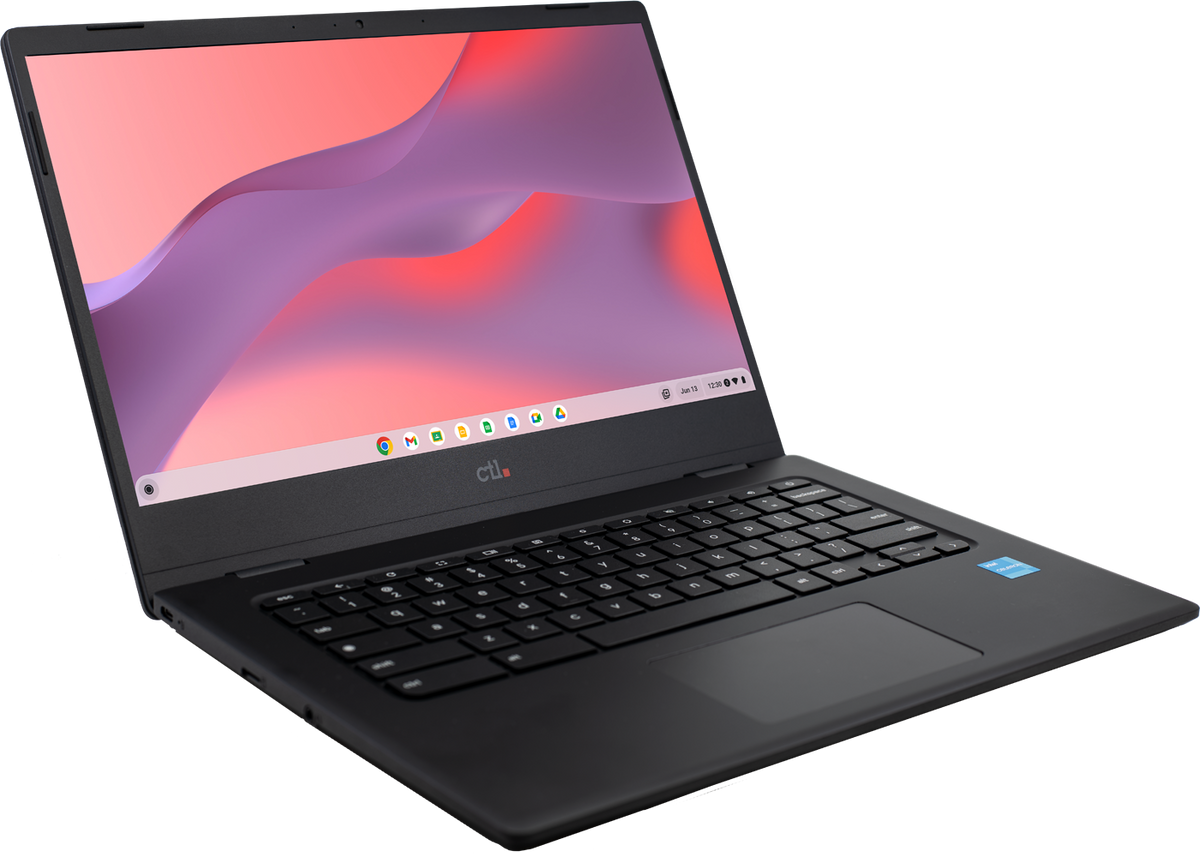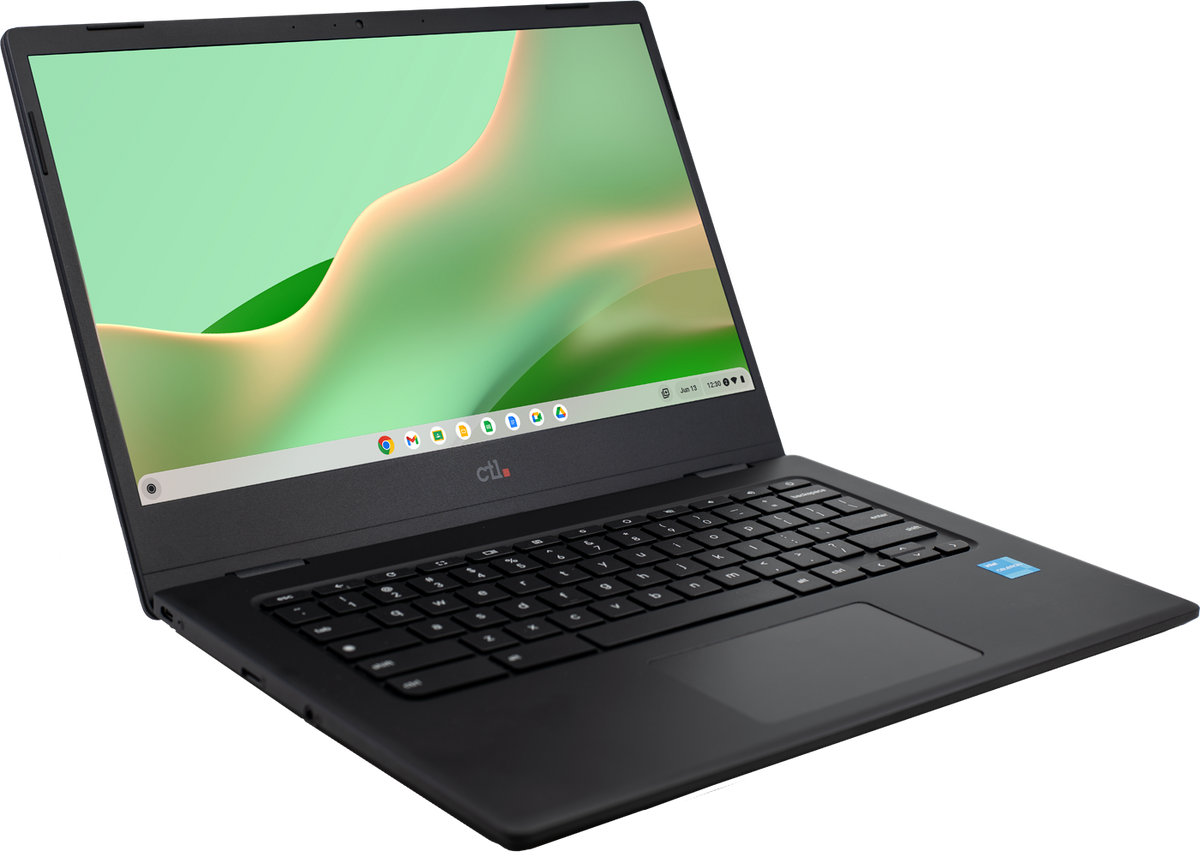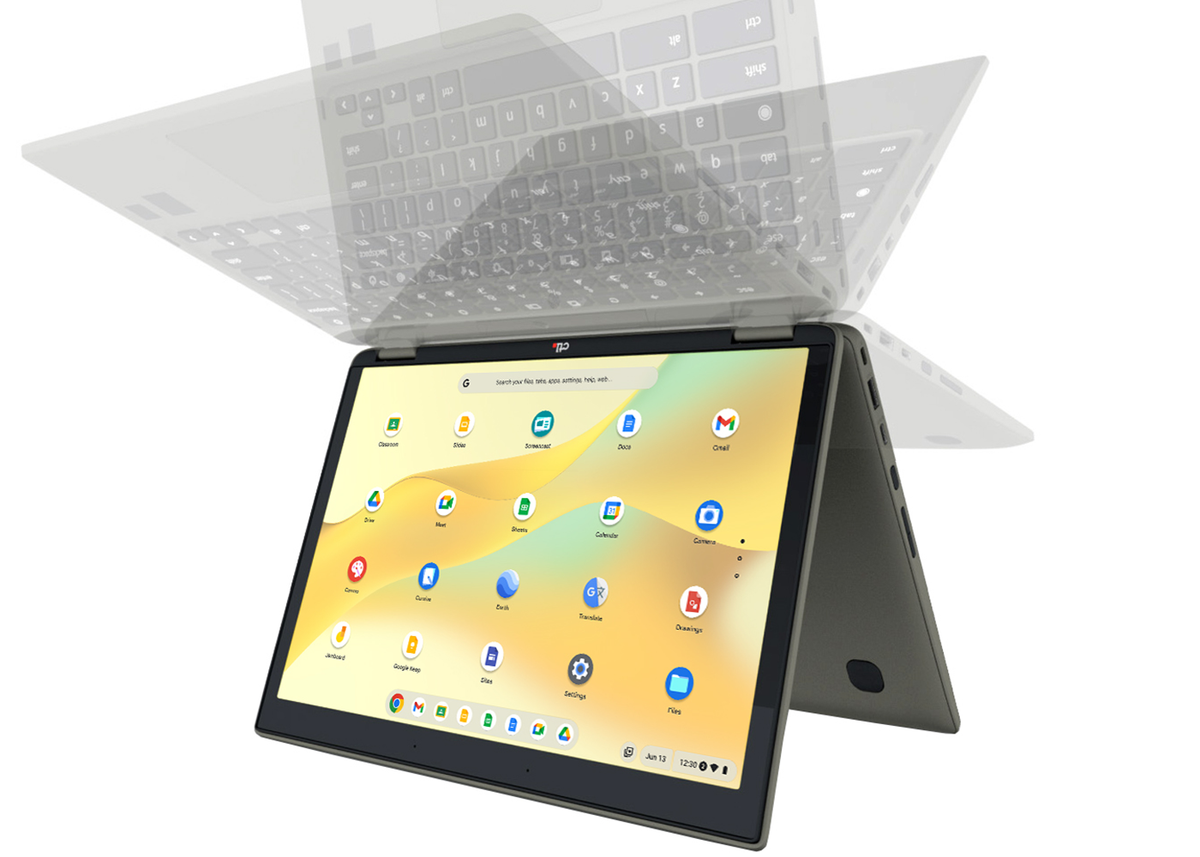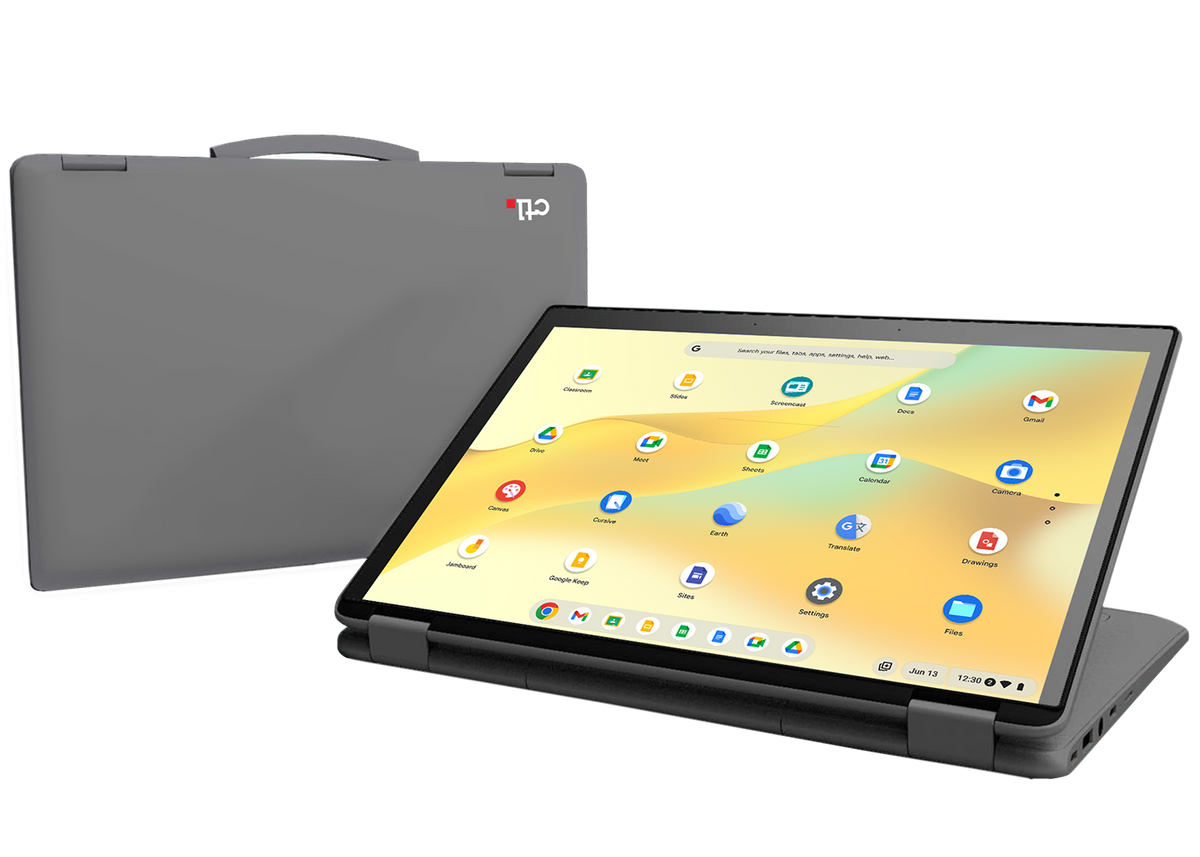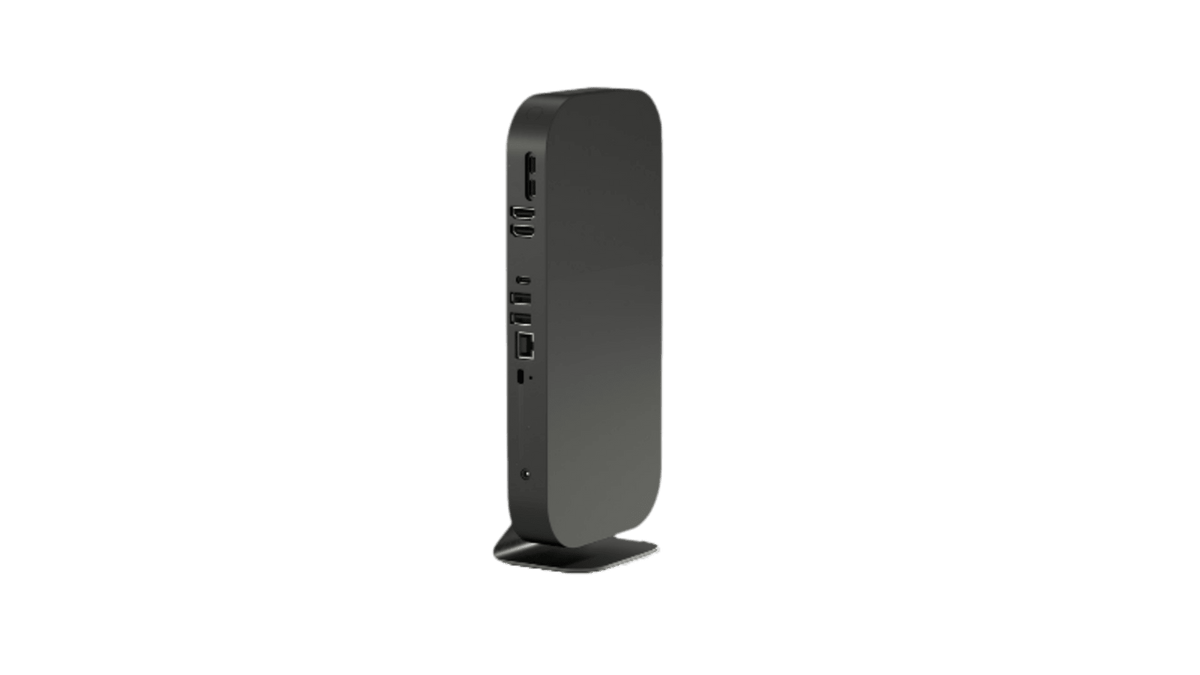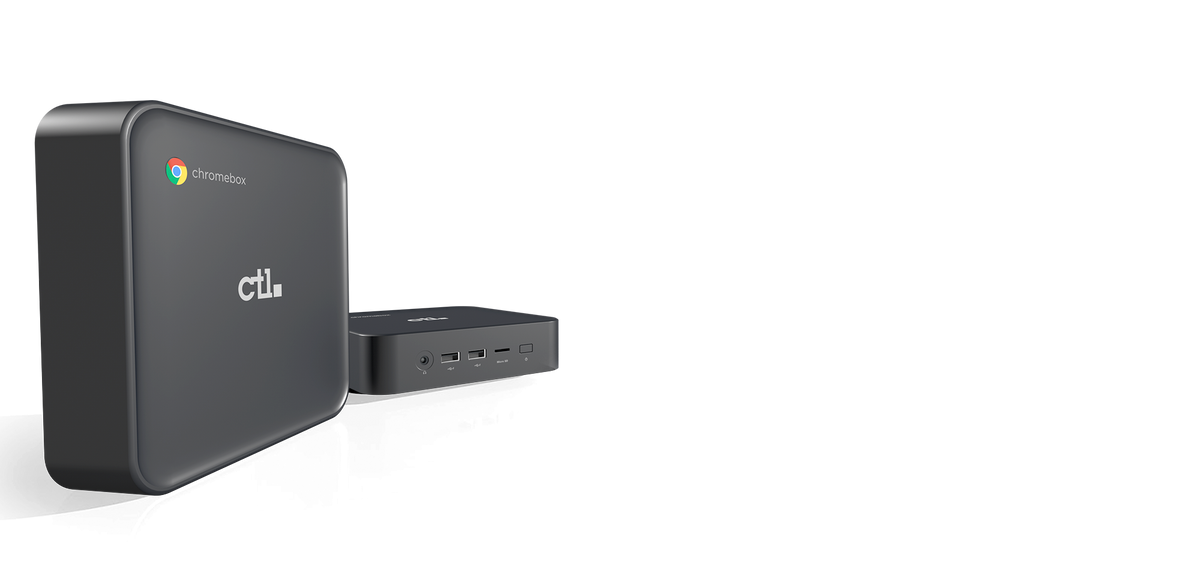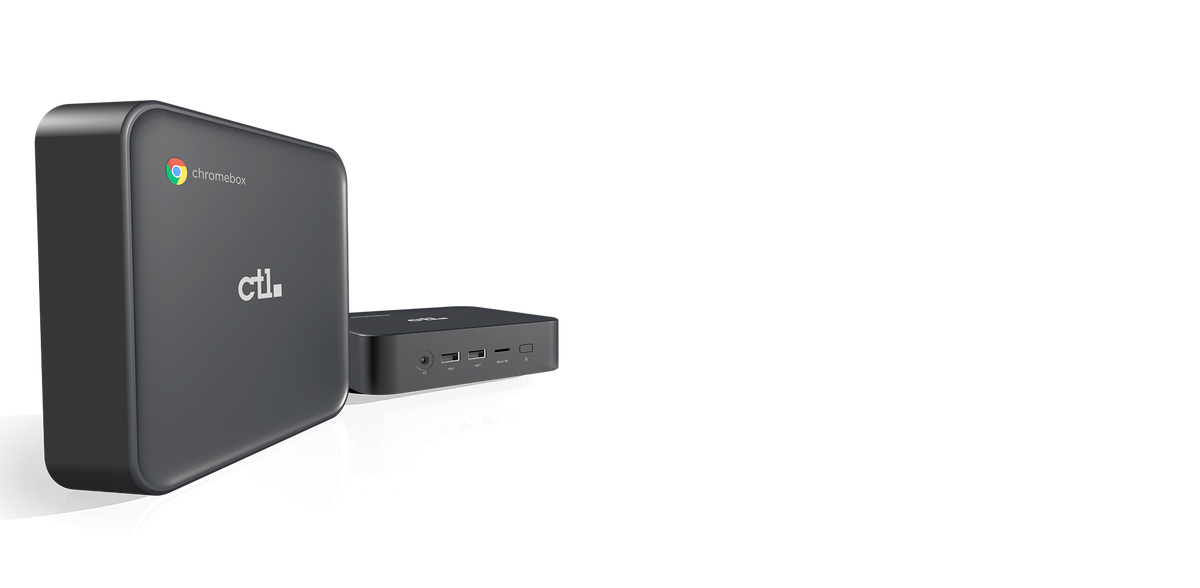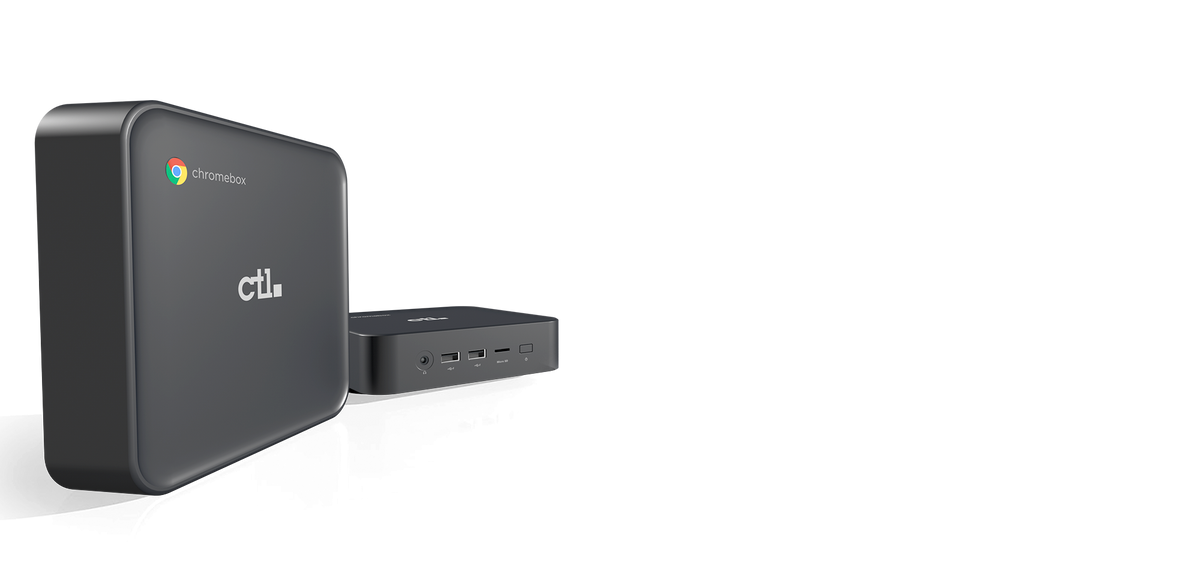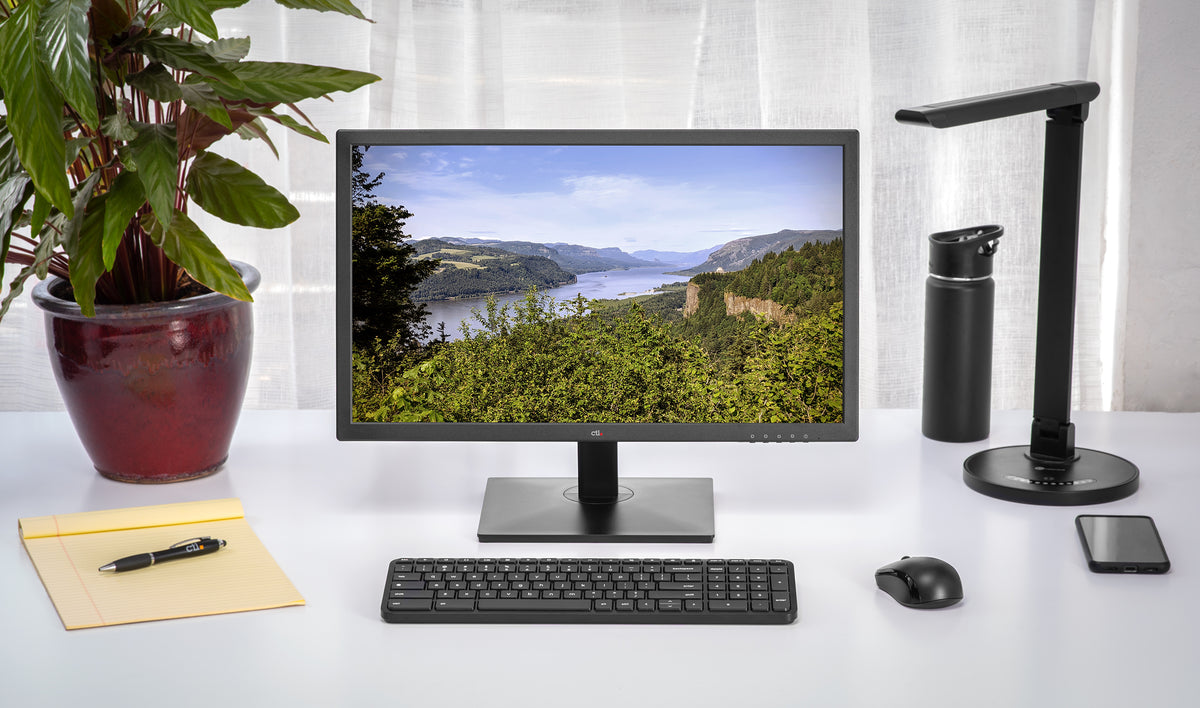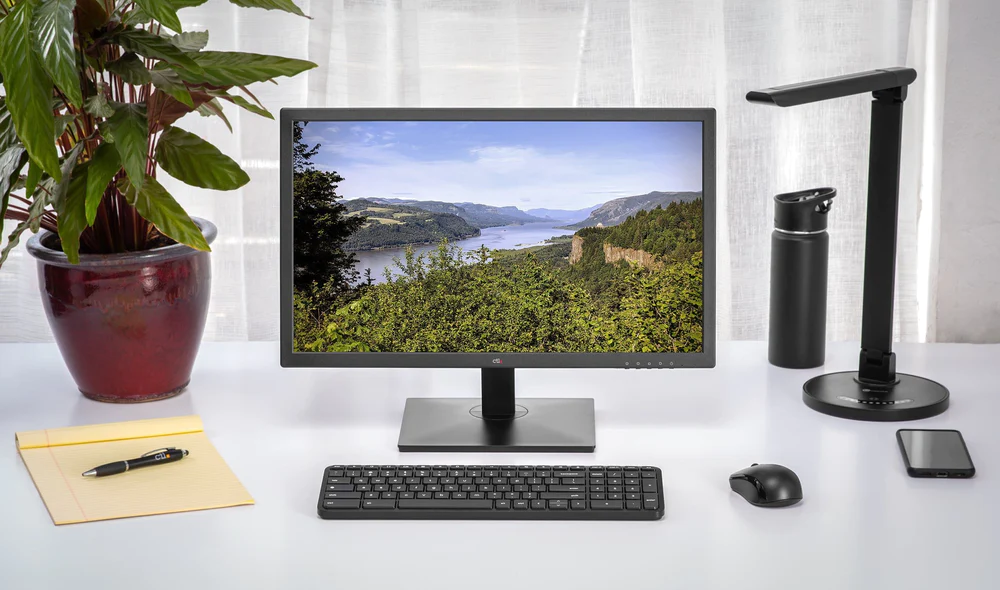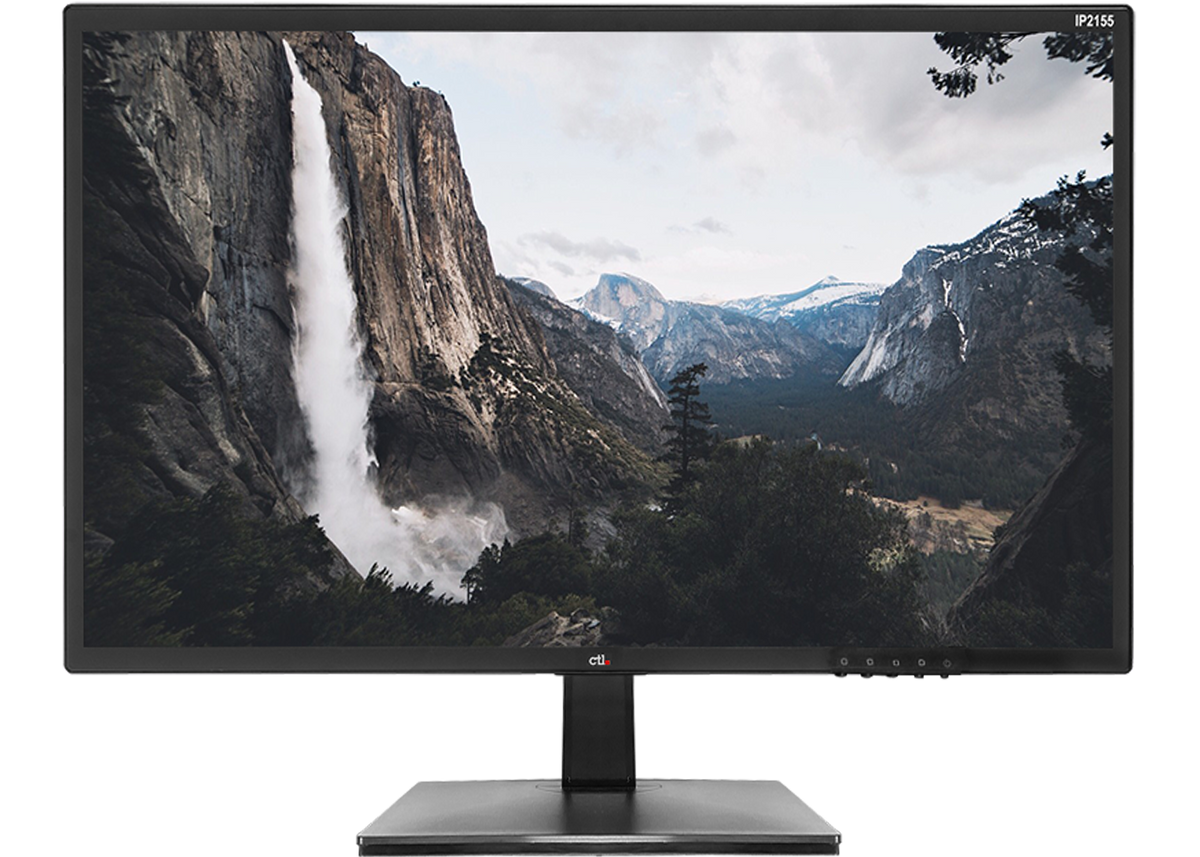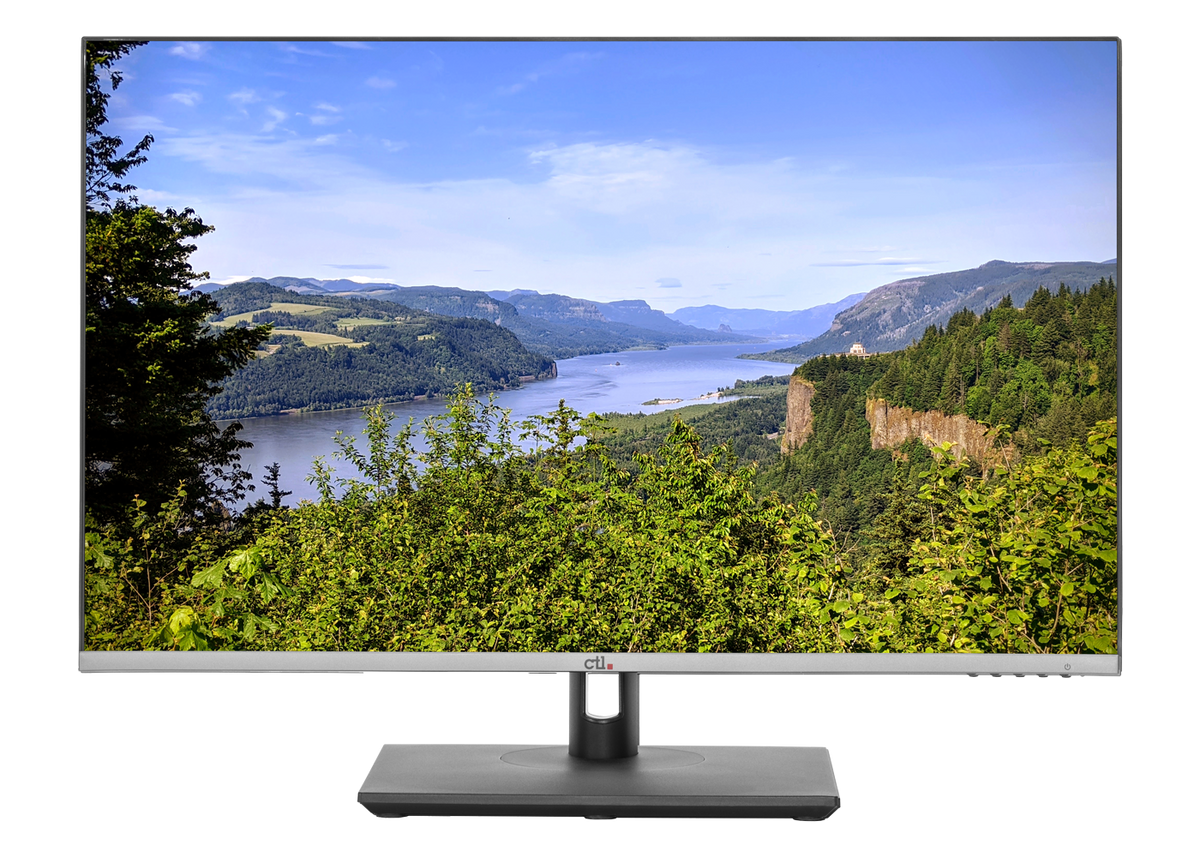Whether you are a parent, a student, a teacher, or school administrator, you have a learning style which is uniquely suited to how you consume information. Discovering the learning style which works best for you, or your child is an important milestone in life which shouldn't be taken for granted.
The four primary learning styles, often represented by the acronym VARK, are:
- Visual - Learning by viewing diagrams, photographs, charts or other image types
- Audio - Consuming new facts and data by listening to recorded or live content
- Reading - Reading books, chalkboards, whiteboards, or digital screens of printed text
- Kinesthetic - Learning while moving about or hands-on learning like computer labs, shop class, or cooking classes.
Some experts feel there are seven or eight learning styles like verbal (language-based learning), interpersonal (interacting with others), natural (learning things in nature) intrapersonal (thinking about your personal needs, wants and self-discovery) though the VARK styles tend to be the most commonly referenced.
Google Chrome Solutions for Unique Learning Styles
Technology like Google Chromebooks, Chromeboxes, All-in-One computers, tablets, and other devices are ideally suited to a broad spectrum of learning methods. These devices, complementary peripherals, and associated online services like G Suite and Google Classroom offer students and teachers tools and resources which are flexible and secure.
Here are some of the ways Google ChromeOS hardware and associated devices meet the unique needs of teachers, students, and their parents:
1. Visual learners will find that accessing online apps like Google Docs, Slides and Classroom are easily accessible across CTL-delivered desktops, laptops, and mobile devices like tablets and Chromebooks. Although ChromeOS-powered hardware is as much as 80% less expensive than most PCs and Mac computers, these devices are optimized for cloud services, so there is no sacrifice on performance.
ChromeOS processors, hard drives, and other technology "under the hood" of CTL devices highly is streamlined compared to Windows or Mac OS. Google Classroom apps minimize complexity and distractions like dense toolbars. They also provide teachers with visibility into their students' performance and classroom discussions.
2. Audio learners and students with visual impairments can use screen readers and recorded audio to listen to class content with earbuds or headphones. Some students (and adults like this writer) are easily distracted or distressed by noisy environments, yet find isolated learning helps them to focus, and better retain what they hear and read.
Some students reading content aloud to themselves from a tablet or laptop on the go helps them to remember class content. Sure, they could read it from a piece of paper, but ChromeOS devices save schools (and the environment) on costs associated with printing, paper and ink.
There is a wealth of binaural beats and "white noise" apps which can help students focus on studying and blocking out distractions to keep them on task while studying.
3. Reading learners - For those of us who need to write something down as we learn, and read it later, all Chrome devices and apps like Docs, Keep or Gmail are very effective. For visually impaired or blind students, Google and its partners like CTL continue to find new ways to improve the device and app accessibility for students and school staff.
Chromebooks, Chromeboxes and other devices in the ChromeOS family are lightweight, durable, and don't require the sort of back-straining backpacks many of us remember from our school days. Students, teachers, and parents can communicate in a collaborative learning ecosystem, as defined by school boards and teachers.
4. Kinesthetic Learners - If your students learn best in interactive lab environments, or absorb information best when they are moving around, tablets and AIO devices are often ideally suited. Desk real estate is often limited relative to other learning materials which are required in highly interactive classrooms like home economics or woodshop class. Rugged, small form-factor devices are better suited to busy classrooms than bulky towers or heavy laptops.
If your students fall within a cross-section of these learning style categories, CTL can help you select the devices, apps and accessories which are best suited to empowering them to succeed at school. They offer cost-effective, environmentally sustainable alternatives to Windows and Mac and iOS devices. Further, they enable immersive learning experiences across all sorts of learning styles.
